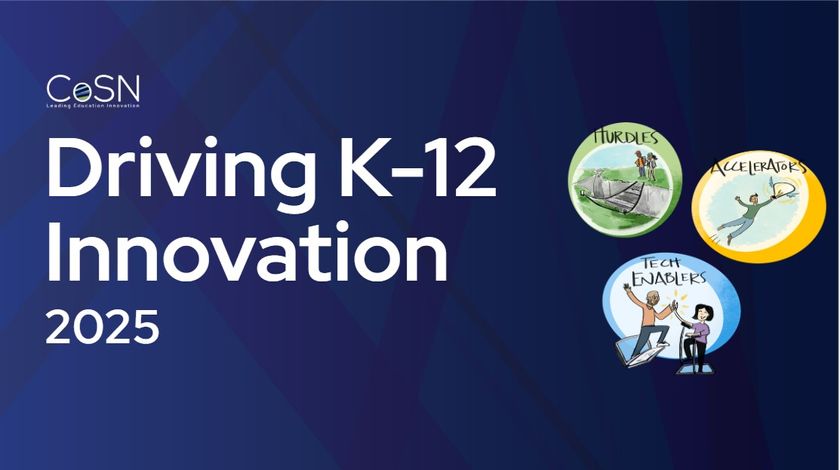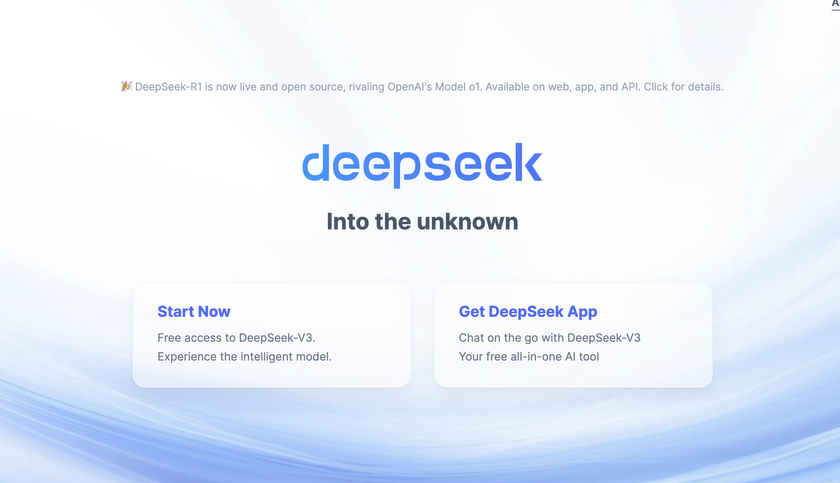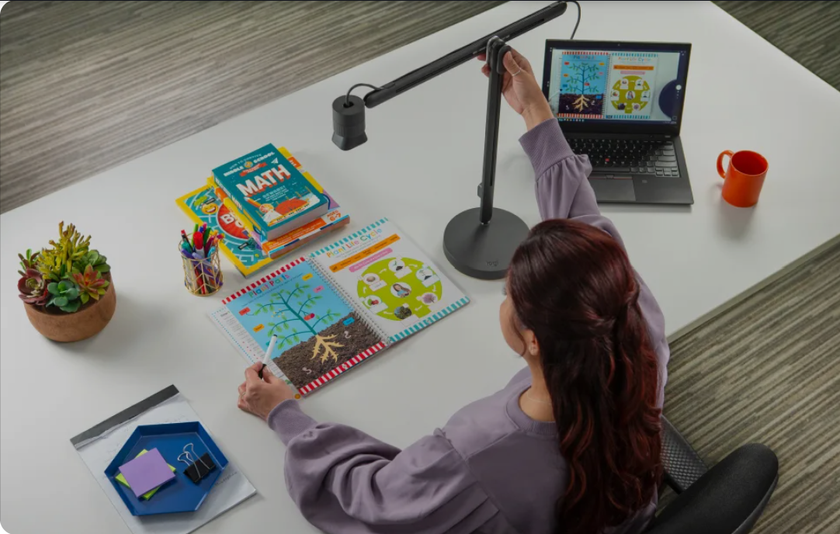Don't Assume; Assess
By Sascha Zuger
Sandy Brimhall smiles as she recalls her early days as special education director in rural Show Low School District in Arizona. Her new district had elevated special education rates, and she turned to tracking data to find out why.
“A high number of our SpEd students had high IQs but were nonreaders,” she says. “Without a consistent K–12 reading program, if students had not developed the necessary foundational skills to be strong readers by third grade, the chances were slim that they would have another opportunity.”
Assessment tech found in Fast ForWord, as well as Study Island, Reading Assistant, APAX, and AR within Brimhall’s Response to Intervention program, measured cognitive skills like memory, attention, processing rate, and sequencing. Data reports from three- to six-month sessions in Fast ForWord informed placement.
Brimhall discovered that many students placed in SpEd were really just delayed rather than truly disabled. Pinpointing the moment when a particular student faltered, or a specific building block of phonic awareness they lacked, proved crucial for teachers in understanding students. Tactile tech, like interactive whiteboards and acoustically modified tech tools, which train the ear to hear, helped kids struggling with visual perception and auditory development. Mispronunciations flagged in real time as a student spoke into a Reading Assistant microphone tied together the visual and hearing aspects for kids who had never made that vital connection.
Fifty-five percent of the SpEd students have been exited within the past five years, and there are concrete data backing up those decisions and protecting the school from lawsuits, rather than parents having to accept a teacher’s subjective opinion of their child’s progress. Increased efficiency of speech and psychological evaluations, and reduced student need, saved additional district funds.
“We are a full-inclusion school, which means that the general-education teacher is responsible for all levels of learners in the classroom,” Brimhall says. “Teachers armed with assessment-product data which determine and precisely define disabilities use interactive whiteboards, student- response systems, document cameras, laptop computers, and mobile computer labs to differentiate their instruction according to each child’s learning style within a single classroom. The assessment reports teachers receive are specific about students’ needs.”
Tech & Learning Newsletter
Tools and ideas to transform education. Sign up below.
Although Brimhall’s original goal was to address struggling readers, the general student population has benefited from higher state-test scores and more successful student job placement. Most noted was the change in behavior.
“Many students would rather be a ‘bad’ kid than a ‘dumb’ kid,” Brimhall says. “We’ve seen significant drops in students using avoidance behaviors to get out of class. The teachers have better-prepared learners: 19 percent fewer incident referrals means that all students are able to focus and engage.”
Carol Gibbs, principal of North Elementary School in Des Plaines, Illinois, can relate. After implementing a Positive Behavioral Interventions & Support program to address severe behavior problems and seeing the number of discipline referrals reduced by more than 80 percent as a result, school officials noted that many of the students who displayed behavior problems also struggled academically. They approached RtI as they did the PBIS: between 80 percent and 90 percent of students received universal interventions, 5 percent to 10 percent received individual and group interventions, and 1 percent to 5 percent received intensive individual interventions.
“RtI, in practice, starts with solid, flexible, robust core instruction and a good data-management system,” Gibbs says. She notes the importance of researching assessment-tech programs for more than just the bells and whistles: to find the right fit. “This is critical,” Gibbs says. “The trick is to pick products that align with core instruction. Lexia meshes so nicely to systematically address the five big areas of reading across all grades, provides performance data and the ability to pre- and post-test individual student skills, and ties together many of the key programs and tools we already used.
“We are in a high-poverty and culturally diverse environment,” she says. “We began the school year with 75 percent of kindergartners unable to recognize or name a single letter of the alphabet. Lexia and Reading Plus together is like the whole enchilada of reading. Students targeted for lack of pre-reading education, phonics skills, and awareness could build the capacity to move up through the reading program. By aligning our goals, efforts, and resources and using the program’s progress monitoring, we brought every child into our ‘green’ [on-level] group academically.
“While I firmly believe that instruction should drive core and intervention programs,” she says, “selecting programs that work well together and serve the school’s instructional goals can have a dramatic impact on student performance.”
Karen Backman, math coordinator at Plymouth (Mass.) Public Schools, knows only too well the importance of making sure that everyone is on the same page. In the initial days of using the data-analysis tool TestWiz, it was determined that certain math concepts on the state assessments, such as vertex-edge graphs, were not included in the local assessments.
Once the problem was recognized, an adjustment of the curriculum sequence made a huge difference in performance. Linear equations had been taught, but students were missing many of those questions; another adjustment, this time of the recommended instruction time, again showed improved scores.
“We needed assessment data beyond MCAS [Massachusetts Comprehensive Assessment System] to help drive instruction and identify students at risk,” Backman says. “MCAS tests only in grades three through eight and grade 10, and the results are not available until mid-October. We wanted a way to make data-driven decisions starting on the first day of school.”
Through the use of TestWiz to align local assessments with state standards and to shift access to detailed test data from the district level into the hands of building principals and assistant principals, assessments can be administered frequently, and the results are available online within a single day. Students are also motivated by the immediate feedback on comprehensive assessments.
“At the beginning of the school year, students are given their item analysis, which they use to set academic goals for themselves,” Backman says. “This creates more ownership of the learning process on the part of the student.
“Because TestWiz is Web-based, teachers can access assessment data for their students anywhere they have an Internet connection,” she says. “Our district currently educates 8,412 students from pre-K through 12 with more than 700 classroom teachers; ease of data collection is essential. With the ability to print plain paper answer sheets and score them on a standard printer-scanner, this system eliminates the need to purchase expensive answer sheets and scanners. Teachers find the process extremely easy and efficient, and their scores and analysis reports are available immediately.”
How and where the programs will be used determine whether a solely Web-based option or one that must be installed in an existing network is chosen.
“Now that we are using a Web-based program, we have eliminated the impact on our network and tech support staff,” Backman says. “We were using expensive scanners that constantly needed repair and maintenance, which was time-consuming and costly.”
Access to tech support is another financial consideration, suggests Christine Zapata, coordinator of student support teams for Round Rock, Texas, which purchased AIMSweb, a data-management system, as part of its implementation of RtI. “When purchasing assessment technology, a school system should also take a look at how much training and technical support are included with the purchase,” Zapata says. “Be wary of additional costs later on, such as renewal fees and additional licenses.
“Plans for training and building sustainability should take into account that adult learners are as individual as the students in our classrooms,” she says. “Providing a onetime training is less effective than providing initial training followed by coaching sessions.
“In education, we want teachers spending time on instruction. Technology steps in and does the dirty work by scoring, graphing, and sometimes even adjusting instruction in seconds. Many programs have the ability to analyze student performance in real time and automatically modify instruction by targeting skills a student is struggling with, raising the level of difficulty while the student is using the software, and meanwhile generating detailed reports for assessment. While these things are taking place via technology, teachers are able to work with smaller groups of students. A teacher has only one set of hands; technology has no such limitations.
“Why do so many children enjoy playing electronic games on X-Box, PlayStation, and Nintendo?” she asks. “They are presented with high-quality graphics and sound and rewarded when they master a level, and they receive immediate feedback. Many good education software programs have these same features. That they are learning and being assessed at the same time is a bonus.”
Whether instructors face the challenge of teaching efficiently and effectively, have to define student needs and placement, or must spend more time correcting behavior than teaching, assessment tech can be a useful guide to finding success.
ASSESSMENT/ RTI RESOURCES
• American Education Corporation (www.amered.com)
• Autoskill (www.autoskill.com)
• Carnegie Learning (www.carnegielearning.com)
• Compass Learning (www.compasslearning.com)
• CTB/McGraw Hill ("www.acuityforschool.com)
• Curriculum Associates (www.curriculumassociates.com)
• Discovery Discovery Education Assessment (www.discoveryeducation.com/products/ assessment/)
• Houghton Mifflin Harcourt (www.hmhco.com)
• Imagination Station (www.istation.com)
• Kaplan, Reading and Math Empowerment (www.kaplank12.com)
• Lexia (www.LexiaLearning.com)
• Macmillan/McGraw-Hill (www.mhschool.com)
• MindPlay RAPS (www.mindplay.com)
• OnCourse Systems (www.oncoursesystems.com)
• Pearson Assessment (www.pearsonassessments.com)
• Pinnacle by GlobalScholar (www.globalscholar.com)
• PLATO Courses (www.plato.com)
• Princeton Review (www.princetonreview.com)
• Recorded Books, Plugged-in to Reading (www.pluggedintoreading.com)
• Scholastic Read 180 (www.scholastic.com/read180/)
• Schoolnet (www.schoolnet.com)
• Scientific Learning, Fast ForWord (www.scilearn.com)
• SRA/McGraw-Hill (www.sraonline.com)
• Steck Vaughn/Renaissance Learning (www.renlearn.com/rnpu/)
• Summit Interactive, GraspMath Interactive Video Tutor (www.evrmath.com)
• Voyager (www.voyagerlearning.com)










